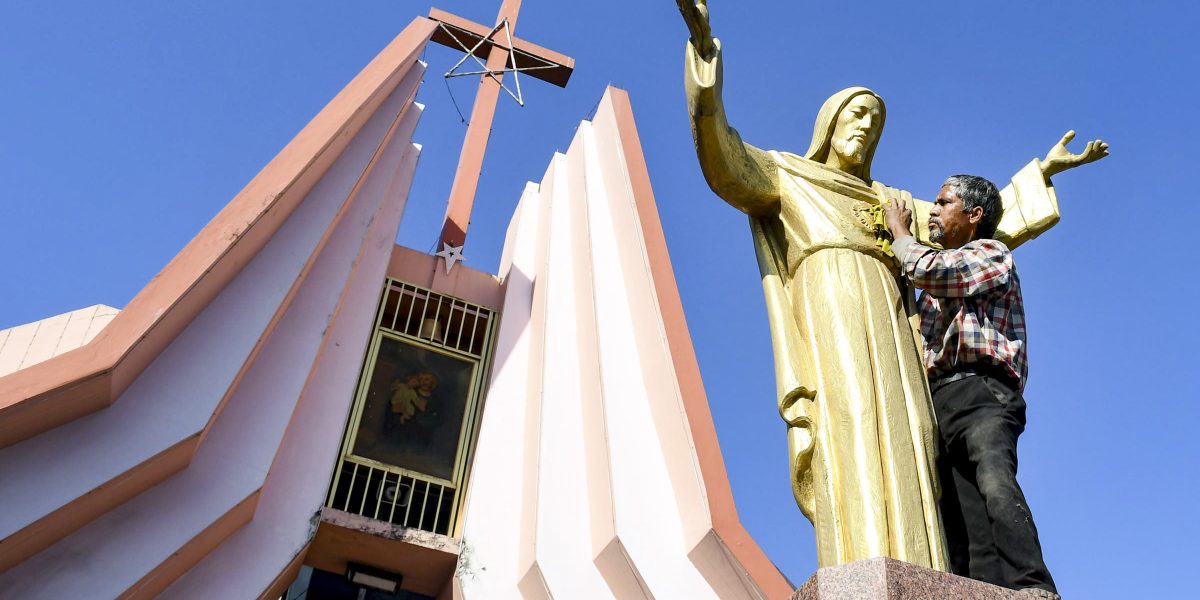
By ANANTH SHREYAS / The Quint
It has been over five years since Gauri Lankesh, a journalist and editor of Gauri Lankesh Patrike was shot dead outside of her house in Bengaluru’s Rajarajeshwari Nagar. The special court for Karnataka Control of Organised Crimes Act, (KCOCA) began its trial on 5 July, 2022 and has since then heard the matter thrice.
As of now, the hearing is adjourned for 10 October 2022 as per the ground rules set by the special judge Chandrashekhar Mrutyunjaya Joshi, who said that the court would hear the matter every second week of the month for five days.
In two separate interactions with The Quint, the prosecution and the sources in the police department revealed how Gauri Lankesh’s killing was the result of a series of conspiracies and the common ideological factors that bound all the accused, who hatched and executed the murder of 5 September, 2017, together.
WHAT IS THE IDEOLOGY AND LITERATURE THAT INFLUENCED ‘KILLERS’ OF GAURI LANKESH?
The SIT which investigated Gauri Lankesh’s murder has filed a chargesheet which is over 9,000 pages and 18 people have been named in it.
One of the main accused in the case, Amol Kale, a radicalised youth from Maharashtra, convinced and brainwashed Parshuram Waghmare, an alleged member of Sri Ram Sene to carry out the killing of Gauri Lankesh.
Jayant Balaji Athavale , the founder of Sanathan Sanstha, a radical right-wing Hindutva organisation, was a consultant psychiatrist and a hypnotherapist. In his controversial book, Athavale speaks about ‘rastradrohis’ (anti-nationals) and dharmadrohis (traitors and people opposed to the Hindu Dharma).
The SIT has also asserted that the killing of Narendra Dabholkar, Govind Pansare, and MM Kalburgi were interlinked and that the same weapon was used in all the murders. According to the police, this fact has also been proven based on the forensic ballistic reports.
However, the police have deliberately focused on the ‘intent of crime,’ instead of focusing on the motive to solve the crime. They told The Quint that they have not interlinked it with other killings that took place Pune, Mumbai, and Dharwad as it would further complicate the case.
As per the chargesheet filed by the SIT, the conspiracy to kill Gauri Lankesh was initiated in 2016, by Amol Kale in Belagavi, who brought together people with extremist Hindutva ideological leanings under one roof.
Another important discovery made by the SIT was finding a diary in possession of Amol Kale. The diary listed a total of 36 rational and progressive thinkers whom the group wished to eliminate.
Some of the prominent names were: writer Baragur Ramachandrappa, poet Chennaveera Kanavi, Dalit author Banajagere Jayaprakash, late playwright Girish Karnad, former IAS officer SM Jamdar, rationalist Narendra Nayak and others – all of whom were opposed to fundamental ideas of Hindutva.
This story was originally published in thequint.com . Read the full story here





